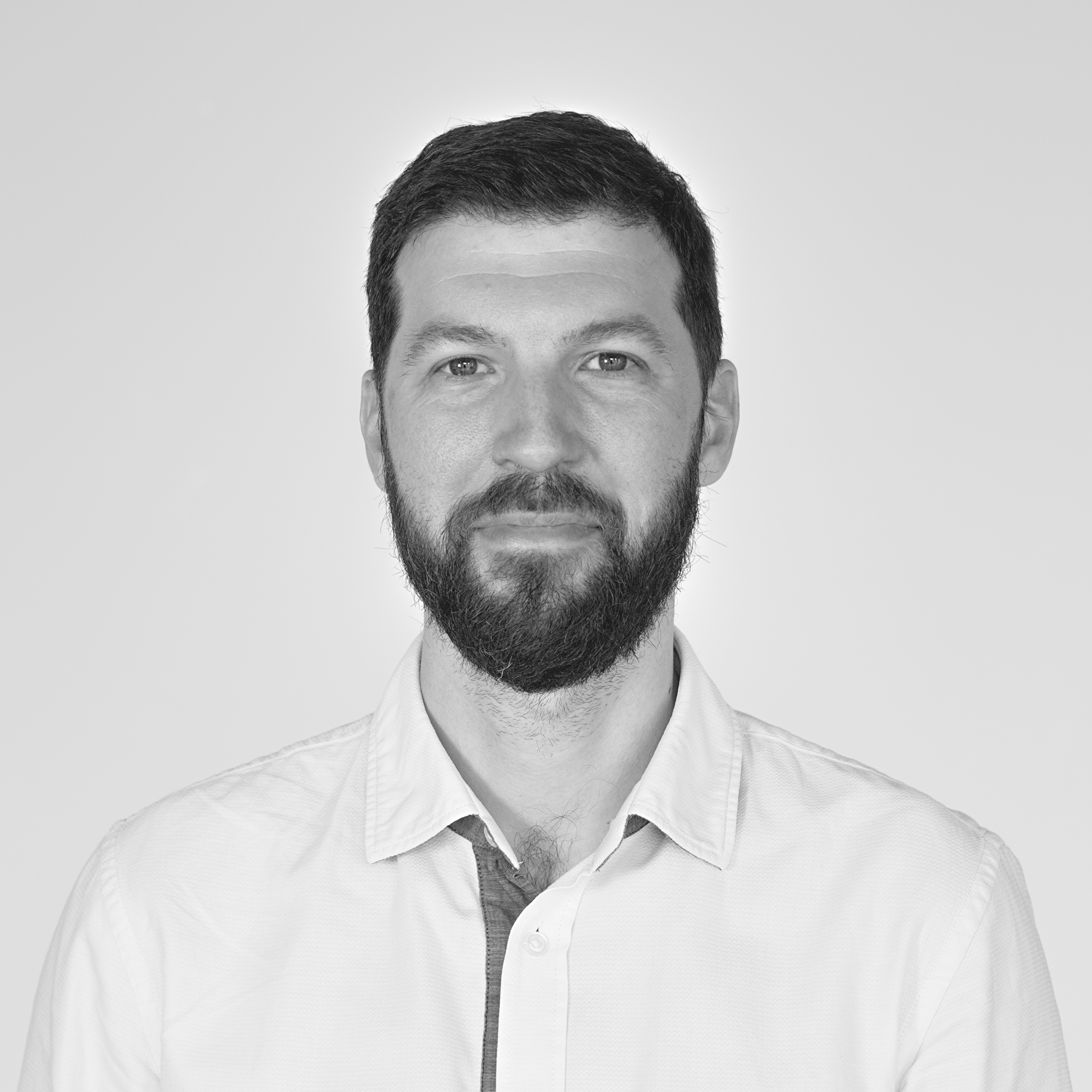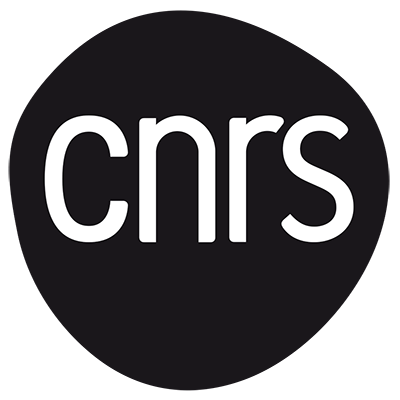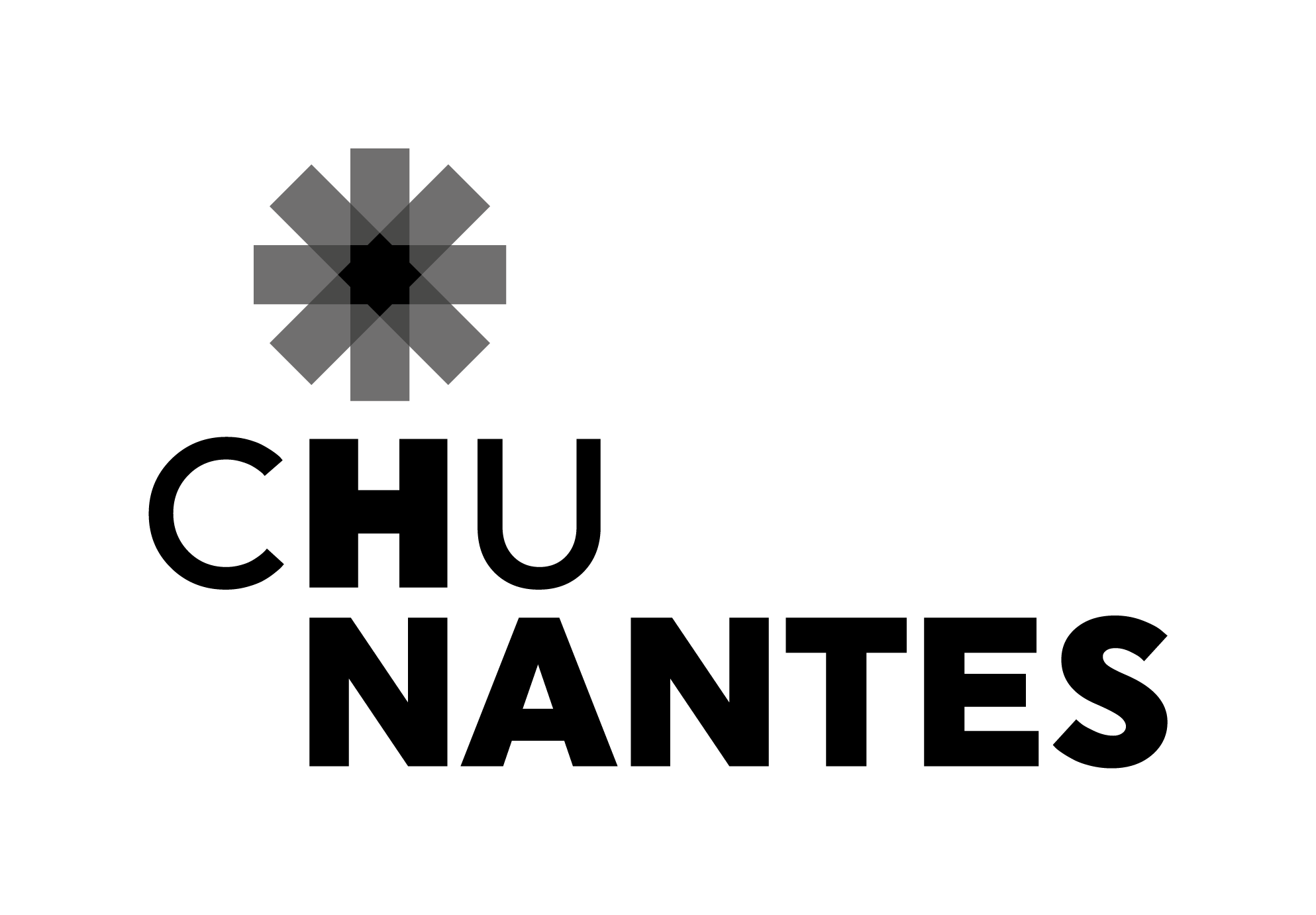
Personnel de l'université
Thibaut QUILLARD
Chercheur INSERMCoordonnées
L'unité de recherche de l'institut du thorax Inserm UMR 1087/CNRS UMR 6291 Bureau 241 IRS-UN - 8 quai Moncousu - BP 70721 44007 Nantes Cedex 1
- Bureau
- 112
- Tél
- 0228080070 (n° interne : 320070)
- Téléphone 2
- 0244769108 (n° interne : 319108)
- Thibaut.Quillard@univ-nantes.fr
Thèmes de recherche
Calcifications, athérosclérose, hétérogénéité vasculaire
Informations complémentaires
Program III-3: Atherosclerosis (Thibaut Quillard and Blandine Maurel)
(a) The phenotypic switch of endothelial and smooth muscle cell dysfunction between arterial beds and its implication in atherosclerosis heterogeneity.
Lipid-rich and inflamed lesions commonly seen in aorta and carotid arteries strikingly differ from lesions from femoral territory where plaques are mostly fibrotic with extensive calcification and ossification. As suggested by our recent work, these discrepancies could derive from intrinsic SMC and EC heterogeneity that could favor the development or various plaque types. We’ll compare the cell behaviors and responses (SMCproliferation and viability, SMC matrix secretion, loss of contractile, mineralization, endothelial cell activation, dysfunction and permeability) between arterial beds, from aorta (Promocell, ECLAGEN biocollection), and from carotid and femoral arteries (ECLAGEN biocollection). We will notably investigate the regulation and functional impact of Rho/Rac activity and downstream signaling targets, as well as gene/miRNA of interests identified by our ECLAGEN transcriptomic and miRNomic analysis during these processes. We’ll further analysis the heterogeneous development of atherosclerosis and the role of our candidates in vivo in atherosclerotic mice in different locations (aorta, carotid and femoral arteries). We will generate knock-in or knockout animals (e.g. S188E-RhoA/LDLR KO mice), in order to further assess the functional role of our most robust candidates on plaque development and calcification.
(b) Impact of hemodynamics on smooth muscle cell phenotype.
Carotid and femoral vascular cells are exposed to different hemodynamic profiles. We will characterize the role of blood flow on endothelial and SMC biology with a bioreactor developed notably by Blandine Maurel. We will use this model to assess the EC and SMC response to hemodynamic stimulus by placing carotid and femoral arteries under either carotid or femoral flow. After 7 to 14 days under flow conditions, we will evaluate carotid and femoral SMC proliferation and viability, SMC matrix secretion, loss of contractile phenotype, and EC phenotype by dedicated qRTPCR, western blot and histology analysis. This bioreactor could also be used to test the efficacy (drug delivery and diffusion, target inhibition…) of novel intravascular coated devices (stents, angioplasty balloons) on pathological arteries.
(a) The phenotypic switch of endothelial and smooth muscle cell dysfunction between arterial beds and its implication in atherosclerosis heterogeneity.
Lipid-rich and inflamed lesions commonly seen in aorta and carotid arteries strikingly differ from lesions from femoral territory where plaques are mostly fibrotic with extensive calcification and ossification. As suggested by our recent work, these discrepancies could derive from intrinsic SMC and EC heterogeneity that could favor the development or various plaque types. We’ll compare the cell behaviors and responses (SMCproliferation and viability, SMC matrix secretion, loss of contractile, mineralization, endothelial cell activation, dysfunction and permeability) between arterial beds, from aorta (Promocell, ECLAGEN biocollection), and from carotid and femoral arteries (ECLAGEN biocollection). We will notably investigate the regulation and functional impact of Rho/Rac activity and downstream signaling targets, as well as gene/miRNA of interests identified by our ECLAGEN transcriptomic and miRNomic analysis during these processes. We’ll further analysis the heterogeneous development of atherosclerosis and the role of our candidates in vivo in atherosclerotic mice in different locations (aorta, carotid and femoral arteries). We will generate knock-in or knockout animals (e.g. S188E-RhoA/LDLR KO mice), in order to further assess the functional role of our most robust candidates on plaque development and calcification.
(b) Impact of hemodynamics on smooth muscle cell phenotype.
Carotid and femoral vascular cells are exposed to different hemodynamic profiles. We will characterize the role of blood flow on endothelial and SMC biology with a bioreactor developed notably by Blandine Maurel. We will use this model to assess the EC and SMC response to hemodynamic stimulus by placing carotid and femoral arteries under either carotid or femoral flow. After 7 to 14 days under flow conditions, we will evaluate carotid and femoral SMC proliferation and viability, SMC matrix secretion, loss of contractile phenotype, and EC phenotype by dedicated qRTPCR, western blot and histology analysis. This bioreactor could also be used to test the efficacy (drug delivery and diffusion, target inhibition…) of novel intravascular coated devices (stents, angioplasty balloons) on pathological arteries.
Mis à jour le 26 février 2025.





